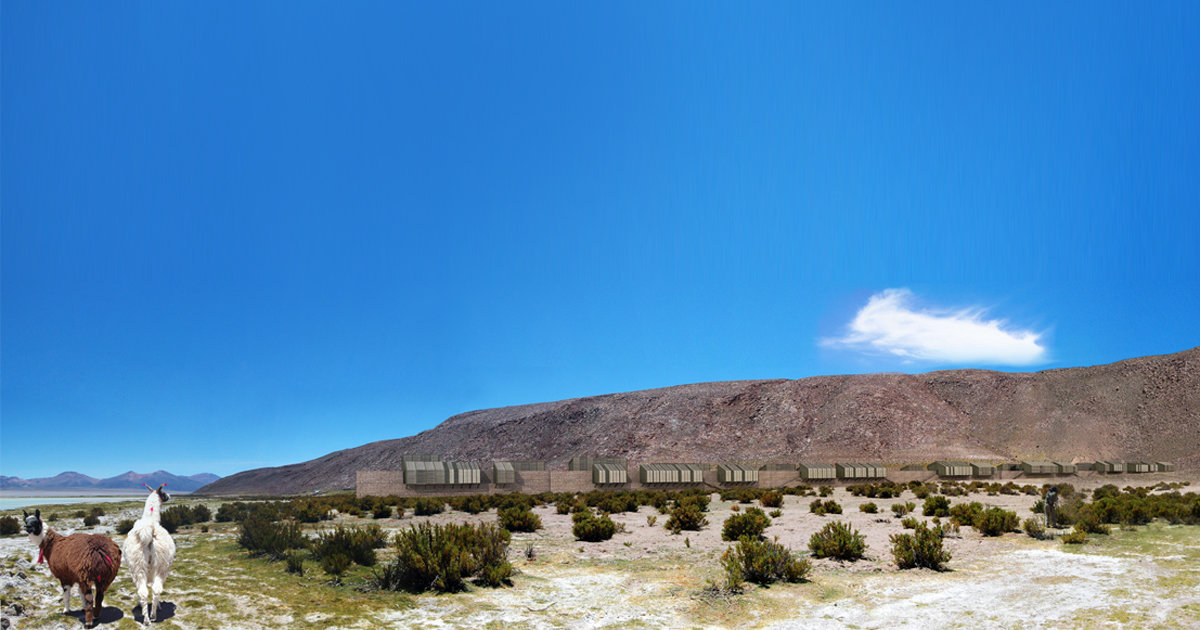
The project is located in the "Salar del Huasco" (northern Chile), close to a wetland where Aymara communities graze their cattle.
There is a human need to "stay" which is common to every culture and every age. The implementation strategy stems from designing the trace that the building will leave in the landscape. That is why the building is not thought from its process of construction but from its process of disintegration, taking into account the ruin, what will remain of it.
A language of simple geometries is intentionally sought: the line, which is oriented towards an astrological phenomenon of Andean cosmology, Yakana Myth.
However, everything is constantly changing, the Aymaras are semi-nomadic societies due to grazing and any construction transcends its initial architectural program. Therefore, we go from the eternal scale of the stone masonry walls, to the ephemeral scale of the wooden modules containing the building program. While the stone remains indelible, the wood, with a dry assembly system, degrades and disappears.
The program is divided into two big parts, located on either side of the wall: Ayllu or program for the local communities and Ramada or program for visitors.
The local culture is protected and fostered through the profits made through tourism.
However, tourism may involve precisely the disappearance of the object of interest, the difference. The sequence of encounter between Ayllu and Ramada will be key in the development of the project.
The Aymara and Visitors Centre Project, authored by Raquel Sola, comes out as a deep meditation about architecture, its temporality, materiality, link with history, anthropology and local traditions, in addition to its cultural meaning according to its inhabitants.
Furthermore, the project rethinks the vision and mission the architect and the architectural project should present as an agent conforming the human habitat, and in doing so, the project shows a deep personal regard to the future users. For that purpose, the author carried out a depth investigation concerning local culture, means of livelihood, spirituality and myths, climate and the specific conditions and connotations of the site, having in mind the basic needs and functional issues to bear. And all this not only through the review of the related available conventional information, but through direct inquire with community members, as well as local Aymara culture specialists, for witch UNESCO advisors were consulted.
Final result joins the values of a project that shapes the environment in a magical place through an unitary and transcendent way, with a deep temporality sense, at different material and sensorial scales, generating assistance spaces for the Aymara people, as well as spaces full of sense and symbolism.